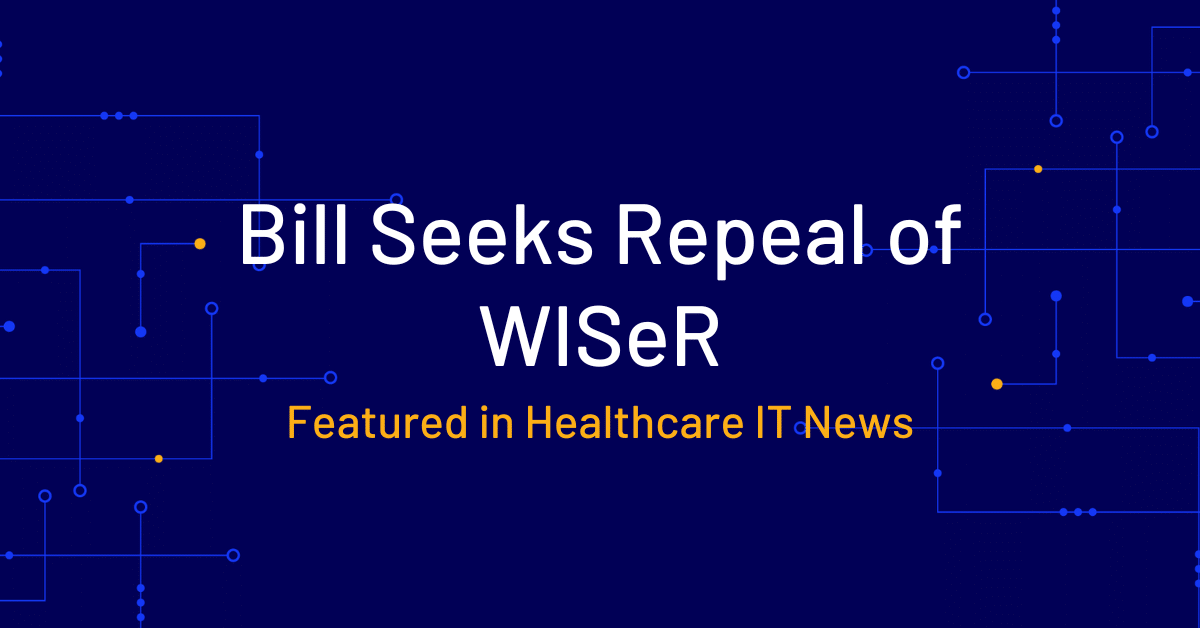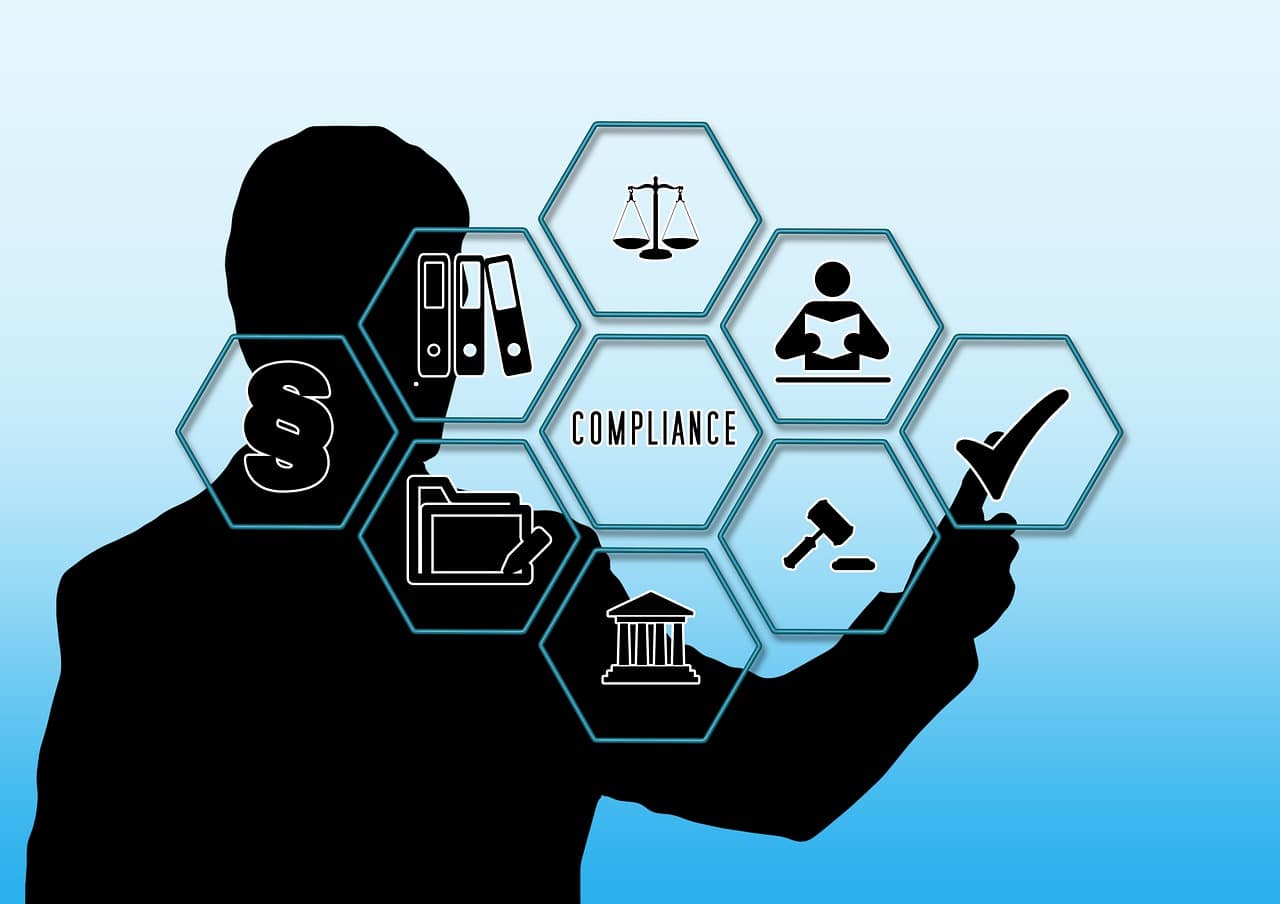Let’s talk risk registers. Odds are you know them. You know they can help—and if you’re anything like us, you take great satisfaction at making the compliance process easier where you can. That’s where automating your risk register comes in. Automated risk registers offer noticeable improvements to compliance processes for companies of any size. Let’s take a look.
We think of a risk register as a “central repository” or database designed to help prioritize and manage risks effectively. It’s the source where identified risks are logged, along with important details, such as their likelihood, impact, mitigation strategies, and assigned owners.
Many organizations still do this in spreadsheets. But doing this manually in Excel or static documents presents numerous challenges: misaligned data entry, time-consuming updates, lack of real-time visibility—all of which can hinder effective risk management and compliance.
In a time when risk is moving faster than ever, manual management seems laughable. The real punch line? Live monitoring and real-time reporting is nearly impossible to do manually, even though this is essential for proactive risk management. Only automated risk registers can step into the void and solve the problem.
So, why aren’t companies automating their risk registers?
Implementing automated risk registers may sound easier than it actually is for some companies, such as:
- Integration Issues: Organizations often struggle to integrate automated risk registers with existing systems, leading to fragmented data.
- Resource Constraints: Limited personnel, admin and technological resources necessary for effective implementation can be a problem.
- Customization Needs: The complexity involved in customizing automated risk management tools to fit unique organizational workflows can be daunting. Inflexible software products can be difficult to align with specific compliance needs, which can delay implementation and increase costs.
- Continuous Monitoring: Organizations may find it challenging to keep risk data current, especially when new risks emerge or existing risks evolve, if they don’t have automated monitoring to feed into their system.
How Automated Risk Registers Improve Your Compliance Process
Automated risk registers offer significant improvements to compliance processes for resource-strapped teams. To put is simply, here are the eight biggest benefits to automated risk registers that more than justify a purchase.
1. Centralized and Organized Risk Tracking
You get one organized, searchable place to track identified risks along with mitigation and can assign task owners. No more tracking multiple spreadsheets or chasing down documents scattered across various departments, instead you can:
- Create unlimited searchable risk registers to easily categorize and rate risks
- Assign risk ownership and track mitigation efforts in one place
- Maintain a comprehensive control library mapped to relevant risks (per ISO 27001 requirements)
This kind of living repository enables organizations to demonstrate they have identified, assessed, and managed risks appropriately, which is required for SOC 2 and other regulatory frameworks. Not only does consolidating information save time and improves accuracy, but some risk register software can offer business impact or financial impact calculators that can quantify potential losses for each risk. This helps executives better understand what’s at stake to the bottom line.

Want more on data libraries? Read how organizations can streamline data management, ensure compliance, and drive informed decision-making.
2. Streamlined Risk Assessments
Ensuring consistent risk assessment methodologies across different departments or projects can be difficult—almost as difficult as ensuring compliance with a multitude of regulations while keeping meticulous records for you next audit. Risk register software can help relieve this stress by streamlining the entire risk assessment process through:
- Automating risk assessment workflows and forms
- Calculating inherent and residual risk scores automatically
- Enabling continuous control monitoring and scoring
- Providing real-time reporting on risk and security posture

3. Real-time Visibility and Insights
Automation works to make sure your risk data is always current, even in cross-functional environments. (No more wondering when the information was last updated and by whom.) This comes in the form of:
- Real-time dashboards and reporting on risk metrics
- Trend analysis and predictive risk insights
- Quantitative risk scoring to prioritize mitigation efforts
Because of this transparency, risk register software can also potentially lead to lower insurance premiums by providing insurers with more comprehensive, accurate, and up-to-date risk information. It demonstrates a company’s commitment to proactive risk management, which insurers typically reward with more favorable terms and pricing.

4. Standardized Data and Processes
Anytime multiple people frequently enter data the likelihood of inaccurate assessments increases, particularly with a system that has no checks and balances. An automated risk register ensures standardized terminology across entries. Different business units and departments now share a common language; since all data follows uniform standards, analysis becomes much easier. This baseline uniformity can show up in improved risk assessment accuracy (through standardized risk scoring and automated calculations) and better tracking of compliance violations or audit findings.
5. Streamlined Reporting
Teams no longer get bogged down for hours (or even days) with repetitive tasks like manually conducting risk assessments, updating documents or creating reports. Automated systems can produce real-time reports, significantly cutting down the reporting cycle. Teams can auto-extract pertinent information and roll it to enterprise-level reports, freeing them up for more strategic initiatives. Automated reports minimize errors and enhance your credibility with stakeholders.

6. Improve Audit Readiness
By leveraging an automated risk register, organizations can more effectively demonstrate their compliance efforts during audits, providing auditors with clear evidence of their risk management processes and compliance-related activities, specifically by:
- Maintaining an up-to-date record of risks, controls, and mitigation plans
- Providing auditors with organized, easily accessible documentation
- Ensuring risk data is complete with mandatory fields and data validation
Having everything organized and well-documented reduces last-minute scrambles and boosts an auditor’s confidence about your organization’s preparedness.
7. Reduced Manual Effort
It’s no exaggeration to say hundreds of hours can be saved on creating and maintaining risk registers simply through automation. Automated data gathering and report generation greatly reduces manual effort as does pre-populated fields and templates that speed up risk documentation. All of the granular tasks can add up to surprising hours a week, which could be spent on more strategic initiatives.
8. Scalability
As you organization grows, you can adapt seamlessly by using risk registers with scalable architectures, which can incorporate new frameworks or business areas without disrupting existing setups. Particularly for larger enterprises, automated registers offer:
- The ability to create multiple risk registers for different business units or risk types
- Role-based access controls to protect sensitive data
- API integrations to connect with other enterprise systems
Automated Risk Registers in GRC Software vs. Manual Risk Registers in Spreadsheets
Compared to manual efforts, the technological capabilities of automated risk registers within GRC software is hands-down faster and better. The automation provides more accurate, timely, and actionable risk intelligence compared to manual efforts, supporting better decision-making and more effective risk management.

Technical advantage #1: GRC software allows you to map risk and integrate with compliance frameworks.
Automated systems can enable you to map risks to relevant controls, compliance frameworks, and organizational assets in real-time. This means your risk registers offer direct integration with major compliance frameworks, including:
SOC 2: Maps controls to Trust Service Criteria
ISO 27001: Links risks to Annex A controls and generates Statements of Applicability
NIST CSF: Aligns risks and controls with the Framework Core functions
GDPR: Tracks data protection risks and DPIA requirements
HIPAA: Maps risks to specific HIPAA rules and safeguards
PCI DSS: Correlates risks with specific PCI DSS requirements
Technical advantage #2: GRC software aligns with regulatory requirements.
When you automate your risk register, you enhance regulatory alignment in a number of useful ways.
- Standardized Risk Taxonomy: Enforces consistent risk categorization across the organization
- Centralized Evidence Repository: Stores all compliance artifacts with version control and audit trails
- Real-time Compliance Dashboards: Provides instant visibility into compliance status and risk exposure
- Automated Control Testing: Schedules and tracks control effectiveness assessments
- Customizable Risk Scoring: Adapts risk evaluation criteria to specific regulatory contexts
All of these features ensure a more robust and demonstrable compliance posture.
Technical advantage #3: GRC software is more agile in adapting to new regulatory standards.
Automated risk registers excel in adapting to evolving regulations:
- Rapid Framework Updates: Content vendors push updates to reflect new regulatory requirements within days for your review.
- Flexible Control Mapping: Easily reassign existing controls to new regulatory requirements.
- Gap Analysis Tools: Quickly identify new compliance gaps when regulations change.
- Automated Notifications: Alert stakeholders about regulatory updates and required actions.
- Historical Tracking: Maintain an audit trail of compliance efforts across regulatory versions.
Doing all of this manually? That would take copious hours of duplicative work AND review for errors. The automated agility of a risk register in GRC software significantly reduces the manual effort required to maintain compliance in a dynamic regulatory landscape.
Ready to build an automated risk register yourself? Read How to Build a Risk Register >>
Ultimately, automated risk registers aren’t just a technological upgrade; they’re a strategic necessity for those wanting to mature their risk and compliance programs. They empower organizations to navigate complexities with agility and confidence, turning compliance challenges into opportunities for operational excellence.




